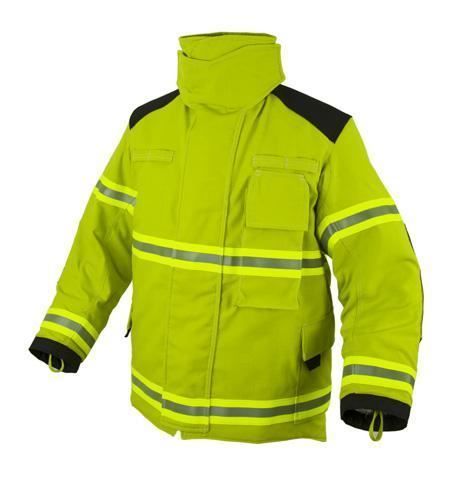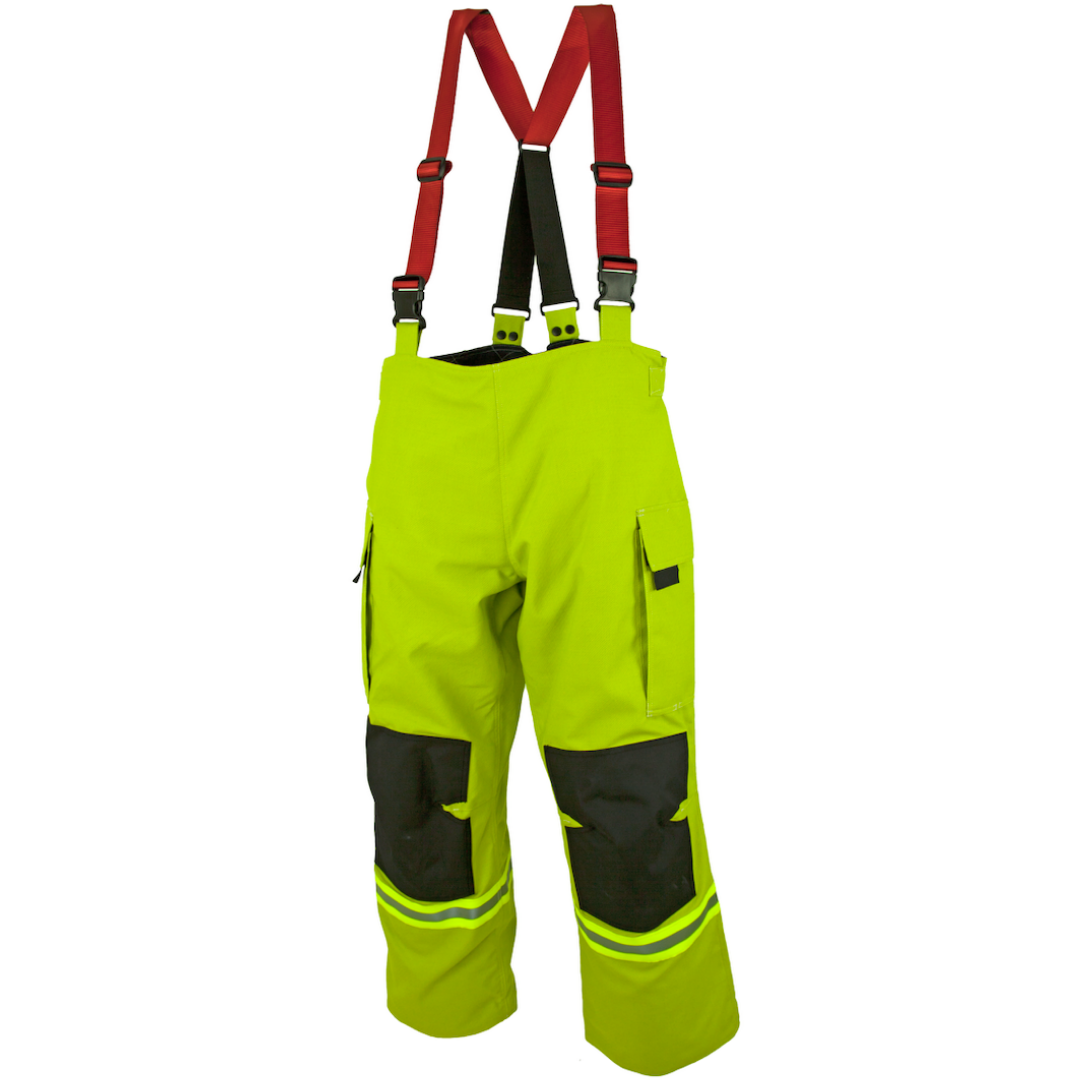Firefighting Garment Care & Maintenance Instructions
Importance of Clean and Maintained Garments
It is important that you keep your protective garment clean, free of contamination, and properly maintained at all times. Protective garments that are dirty or contaminated pose significant hazards. The wearing of soiled or contaminated clothing can cause acute or long-term health hazards. Many contaminants can be absorbed by the skin, and some are carcinogenic.
In addition, many types of contaminants are flammable and garments that are contaminated may absorb heat at a faster rate than clean garments. Therefore, if your garment becomes soiled, you should clean your garment after use. It is also recommended that you take a shower following any fire.
Care Instructions
- Machine wash warm, gentle cycle at 40°c.
- Do not wash or dry with non-FR garments.
- Do not use chlorine bleach or fabric softeners.
- All closures must be secured before washing. Close all zippers, press studs and hook and loop closures.
- Remove any items in your pockets before washing.
- Line dry in the shade.
- Can be tumble-dried warm.
- Do not over-dry.
Inspection and Maintenance
Inspect your protective garment prior to its first use and following every use. Prior to using the garment for the first time, ensure that the garment does not have any construction flaws and was not damaged when being put into service. Following every use, inspect your protective garment for:
- Soiling
- Contamination
- Physical damage, such as rips, tears, punctures and cuts.
- Damaged or missing hardware & closure systems.
- Thermal damage such as charring, burn holes, melting, and discolouration of any layer.
- Damaged of missing reflective trim.
- Loss of seam integrity and broken or missing stitches.
Repairs
Do not attempt to repair your garment. If damaged, report the damage to your supervisor, department, or organisation and obtain a new garment as a replacement. Your protective garment must be repaired only by Elliotts or an Elliotts Authorised Agent.
Storage
Store your garment only when it is clean, dry, and free of contamination. Storing wet garments will promote growth of mildew, fungus, bacteria, or other harmful substances with the potential to cause skin irritation, rashes, diseases and/or illnesses. Wet conditions can also lead to deterioration of some garment materials. Keep garment away from potential contaminants such as oils, greases, or other chemical substances. Store your garment in a clean, dry, ventilated area away from direct sunlight and away from tools or other sharp objects.
Protect yourself with the right firefighting gear. See our Firefighting Protective Clothing range.


